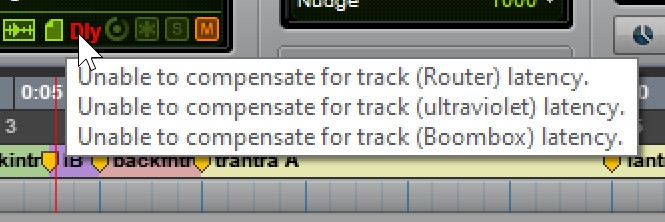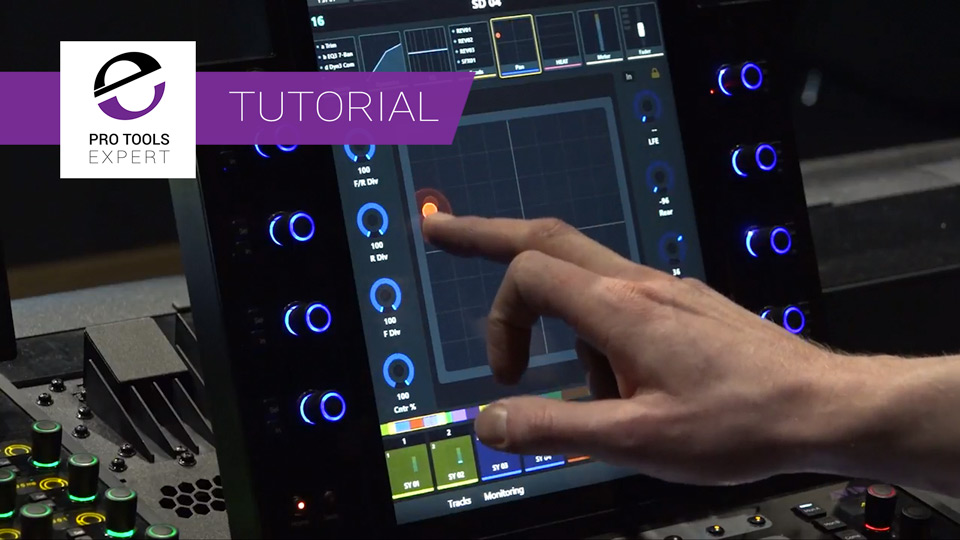



The Long ADC value allocates a larger amount of resources for delay compensation. Double the number of samples, but equal to the same length of time, because the sampling rate is also doubled. If we create a session with the sampling rate that's double that, at 88.2 kHz, the Short ADC setting will be 2047 samples. At a sampling rate of 44.1 kHz, which is what we have for our session. For instance, on the short setting shown here, there are 1023 samples of delay. But the same amount of delay compensation from the time perspective will be applied regardless of the sampling rate. At higher sampling rates, the number of samples of delay will be larger. Note that the number of samples per channel of delay shown here depends on the session's sample rate. The Short ADC value uses less processing power than longer ADC values, and should be find for any session that only has a few plug-ins on it and that don't induce much delay. We can choose from four different values. We can see right here Delay Compensation Engine. We can adjust the delay compensation within the playback engine, if we go to Setup > Playback Engine. How does it work? Pro Tools adds the exact amount of delay necessary to each track, so that they all have the same amount of delay, thus keeping them all time-aligned. Automatic Delay Compensation or ADC, helps to manage the delays created from plug-ins and hardware inserts, and keeps all the tracks in the session time aligned.

That little bit of time can cause latency or delay when playing back and recording tracks in Pro Tools. When you add a real-time plug-in or hardware insert to a track, it takes Pro Tools a little bit of time to process the signal.


 0 kommentar(er)
0 kommentar(er)
